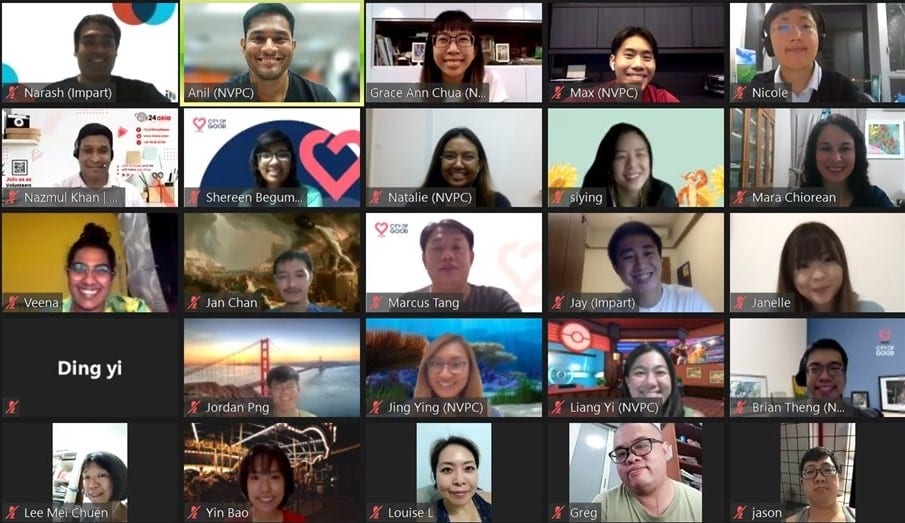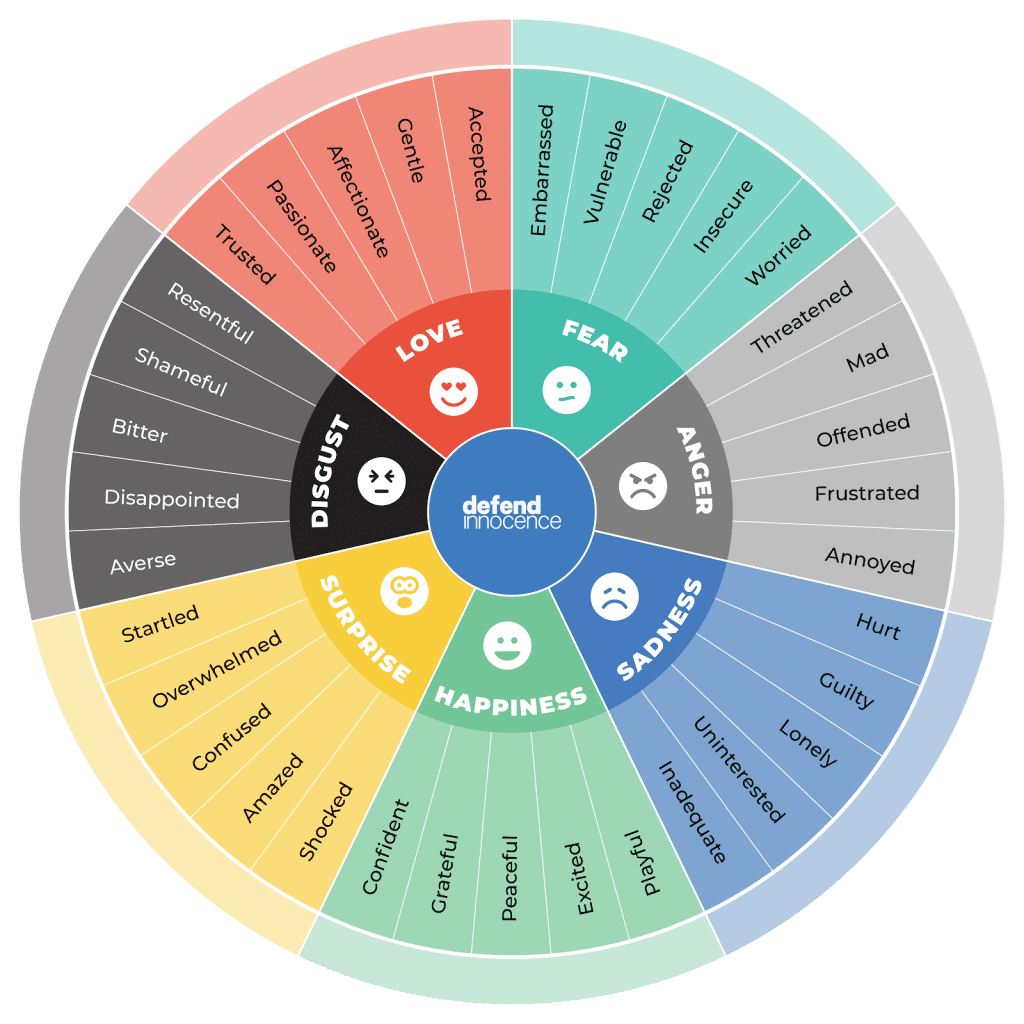Ever heard of “presenteeism”? It describes a situation where employees neglect their mental and physical health problems to attend work, for fear of losing the position, or not to lose face. It occurs more often than you think.
Singapore has one of the highest rates of burnout in the world. Mental stressors are commonplace, though hardly talked about. Only recently in 2019, the concept of burnout was recognised by World Health Organisation (WHO) as a mental health concern.
Employees have been socialised to suppress their negative emotions as it interferes with work output. This culture is detrimental to the human person and increasingly acknowledged by employers, who see the cost of high turnover rates or sudden loss of manpower due to employee burnout.
Moreover, despite efforts to provide employees with support (ie. through therapy and counselling), these resources are under-utilized, highlighting the mental health stigma that still persists in our society today.
In championing personal causes, many community leaders, especially those who are still learning how to navigate their roles in their communities, have also expressed that self-care is something they rarely have the time for. Leaders therefore find themselves in almost a perpetual state of burnout as they give more and more of themselves, at the expense of their own wellbeing.

Understanding these challenges, NVPC’s Community Matters team, together with Impart, co-organised an event focusing on the mental wellbeing of community leaders.Titled Pacing Yourself: Taking care of ourselves as we care for others and champion our causes, the session brought together community leaders to learn more about burn out: its antecedents, what happens when we disregard out experiences with stress, and tips to better deal with and recover from breakdowns.
The Importance of Self Awareness: The Stress Curve
The stress curve is a helpful tool that individuals can use to process their emotions. Stress levels on the chart range from having too little stress, optimum stress, too much stress to lastly, burnout. Performance levels are seen to slowly increase as individuals reach peak optimum stress. However, what the chart also shows is how performance plunges after that point. Exhaustion, anxiety, anger and a breakdown finally kicks in – the person has reached their breaking point.

Across the participants, many indicated that they were past fatigue and in a stage of exhaustion, admitting that they don’t make an effort to make self-care part of their routines, and only find themselves doing it whenever they have the time to – which rarely happens.
High workloads coupled with a lack of knowledge about the importance of mental health results in employees often finding themselves in a state of exhaustion and anxiety, which has sadly come to be perceived as normal.
Leaders, who are responsible for the people under their care, find themselves being in a further state of neglect for their own mental wellbeing. Especially during the pandemic where one’s work life exists in the household, what separates work and play becomes increasingly permeable, sometimes to the point of non-existence.
The Emotions Wheel
Another healthy way to approach your emotions is to strengthen your emotional vocabulary.
When asked to indicate the emotions they wish they felt more of, participants gravitated strongly to the emotion of “confidence” under happiness and “accepted” under love, showing the general lack of said emotions in the daily lives of many Singaporeans. Here, we see how the earlier indication of exhaustion is not mainly a physical exhaustion, many employees and employers alike are struggling with emotional needs that have not yet been met, which are detrimental to mental wellbeing.
If you identify with the above experiences with stress and feel like you’ve been neglecting your mental health in the service of others, you’re not alone.
What is burnout?
Narash, Co-founder of Impart, shares that burnout shows itself through blunted emotions, cynicism, loss of motivation, ideas and hope (specific to the occupation) and can make life seem not worth living. This differs from stress, that is characterised by over-engagement which produces urgency and hyperactivity. Combined, the two lead to inefficacy due to a loss of energy.
Significant similarities are also found between burnout and depression. As an individual experiences severe burnout, significant similarities can also be found between burnout and depression. A depressive disposition slowly arises – feelings of helplessness and hopelessness, detachment and numbness.
Burnout is a syndrome that results from chronic workplace stress that is not successfully managed. It can therefore also arise from caregiving, studying, and other forms of stress-inducing activity.
The different approaches to understanding burnout
A popular approach used to understanding and describing the effects of burnout is through an “effort and reward” model. Burnout occurs when there exists a high amount of effort that reaps rewards that are below expectations, which negatively affects the individual over time.
Burnout can also gradually evolve over stages. Starting from what somewhat of a honeymoon phase, burnout may start off feeling very much like healthy stress that motivates us to do and achieve more. However, when left to evolve and without proper self care, individuals can slowly shift into stages like chronic stress, burnout and finally into the final stage of habitual burnout. In the Singaporean context, many find themselves stuck in a cycle of habitual burnout where stress and negativity has become part and parcel of work life and there is a lack of emotional, physical, mental and spiritual care.
Interestingly, aside from burnout that stems from neglect or overload, one can also experience burnout as a result of an under-challenge, where there is a lack of passion and enjoyment in the occupation. Such an experience with burnout leads to overall feelings of underappreciation and disengagement – signs of burnout that also require attention and treatment.
The stuff you want to avoid: Burnout antecedents
The antecedents for burnout varies for each individual. Some factors may include an inability to say no, difficulties in taking breaks or sharing thoughts and feelings, or excessive work expectations and involvement. People pleasers, workaholics and perfectionists are at a higher risk of experiencing burnout and falling into habitual burnout due to the incorporation of high demands into their daily life, classifying them as normal.
Specific to the workplace, factors that have been found to induce burnout also include tension with colleagues, authoritarian settings and bullying in the workplace.
Leaders can find themselves struggling more with burnout as being responsible for others also means taking on their load and maintaining a professional front that does not always encompass intimate relationship building and strengthening. They are therefore more likely to feel exasperated, with no one to turn to for help. However, it is important to remember that you as a leader should also take proper care of your wellbeing, even if it can seem harder to achieve.
Care for yourself as you champion your causes
Burnout is already a tricky thing to identity – even more so to tackle. The cure for burnout comes not just in the form of self-care, but also creating a genuine culture of concern for the wellbeing of those in the community.
Self-care often comes to us as a distant thought that we tell ourselves we’ll address… eventually. It is important to realise that the benefits of taking care of yourself are abundant. Self-care is the first step that many of us can take on the road to finding the cure for burnout. By identifying our own stressors and triggers, we learn to be more empathetic to others around us.
The benefits to self care on one’s personal state of mind are obvious, but so often do we forget that positivity and healthy habits rub off on others, too. The following is a list of ways of how to take charge and create your own personal boundaries while encouraging others to do the same.
1. Prioritise self-care
This point is repetitive, but true. Many of us underestimate how instrumental the small changes are in helping us better manage our emotions. Cultivating good sleeping habits, eating healthier, engaging in exercise, doing the things we love instead of what is required of us – these are the small ways through which we can reclaim ownership of our lives and create identities that exist outside of the workspace.
Meditating, journaling and consulting a therapist have also become popular ways of dealing with stressors. Being able to focus on the problem at hand and declutter our emotions and thoughts can help us better understand how to approach the issue that we would otherwise perceive as overbearing.
2. Reframe your perspective
Reshaping our experiences and identifying what causes us stress is key. Narash shares, “altering our perspectives can buffer the negative impact of the seemingly inflexible aspect of the situation”. For example, as a leader, if you find that something continually drains your energy, delegating the workload and responsibility can help you focus on your own passions. By making a conscious effort to acknowledge the ways certain things affect us and to create professional boundaries, the workplace becomes more of a conducive environment for all to learn and enjoy.
In doing so we also reduce our exposure to job stressors, which can very easily take a huge toll on our wellbeing when we don’t understand our own limits.
3. Reach out to those you trust
Psychosocial support is the most important factor that keeps our mental wellbeing in check. Especially for burnout, which is driven by cynicism, meaningful interpersonal connections are a glimmer of hope.
Aside from making time for our loved ones and friends, involvement in our communities and giving back to society can also help us gain fresh perspectives and distract us from the mundane. By being highly involved in community, we learn that there are others who are suffering alongside us, and that we don’t have to walk alone. The more we engage with and trust others, the easier it is for us to establish healthy boundaries that gives us the space to recharge.
As you champion your cause, it also helps to find people that you admire in the field. By being exposed to and observing their work ethic, values and organisational structure, you stand to learn valuable lessons that you would not have gathered on your own.
As we care for others, let’s make it a point to care for ourselves first. Though cliche, the phrase “You can’t pour from an empty cup” holds true. The more you give to yourself, the more you have of yourself to give to others.
For Your Reflection:
- When was the last time you took a mental health break?
- What are some things that you can start or stop doing, that helps you prioritise your mental health?
- As a leader, what do you think you can do to advocate for mental wellness in your community? How can you create a safe space for your employees/your community members to care for themselves?























